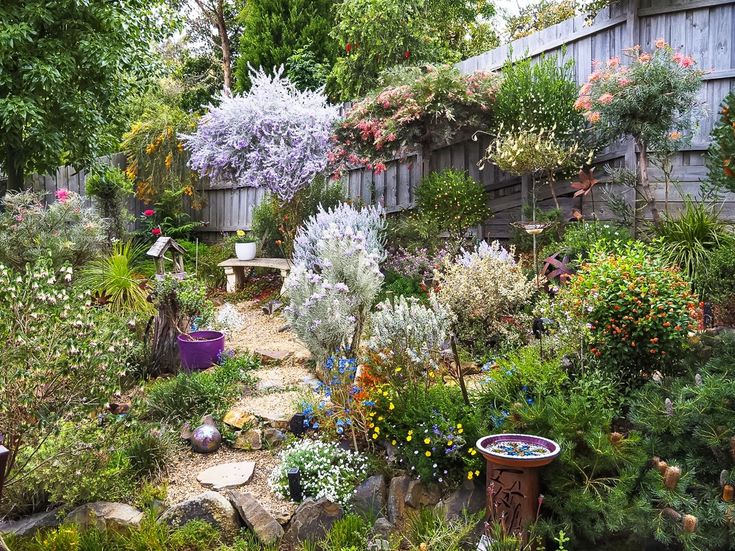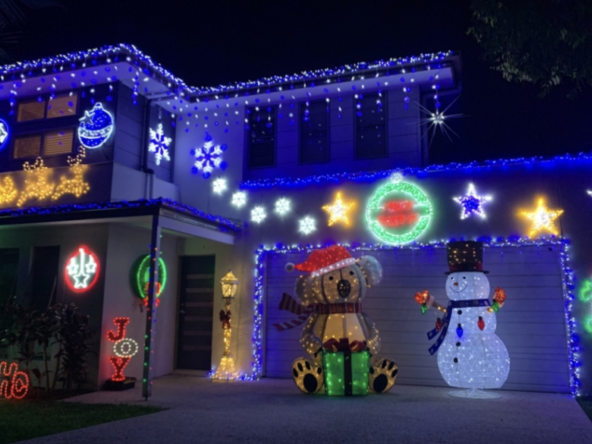
How to Choose the Right Native Plants for Your Backyard
Selecting the right native plants for your backyard can transform your garden into a thriving, sustainable, and beautiful space. Here’s a guide to help you make the best choices:
- Understand Your Local Climate and Soil
Native plants are adapted to the specific conditions of their regions, so understanding your local climate and soil type is crucial. Research the native plants that thrive in your area’s temperature range, rainfall patterns, and soil composition.
- Assess Your Garden’s Conditions
Evaluate the conditions in different parts of your garden:
- Sun Exposure: Identify areas with full sun, partial shade, and full shade. This will help you choose plants that are suited to each light condition.
- Soil Quality: Test your soil to determine its pH level and texture. Some natives prefer sandy soils, while others thrive in clay or loam.
- Moisture Levels: Consider the drainage and moisture levels of your soil. Some native plants require well-drained soil, while others do well in wetter conditions.
- Define Your Garden Goals
Decide what you want to achieve with your garden:
- Aesthetic Appeal: Choose plants based on their colors, textures, and growth habits to create a visually appealing landscape.
- Wildlife Habitat: Select plants that provide food and shelter for local wildlife, such as birds, butterflies, and bees.
- Low Maintenance: Opt for native plants that are drought-tolerant and pest-resistant to reduce the need for watering, fertilizers, and pesticides.
- Choose Plants for Specific Areas
Identify the best plants for different parts of your garden:
Sunny Areas
For areas with plenty of sunlight, consider:
- Trees: Banksias, dwarf eucalypts, Callistemons, native frangipani (Hymenosporum flavum), and Queensland bottle tree (Brachychiton rupestris).
- Shrubs: Grevillea, Eremophila, native hibiscus, Westringia, and Acacias.
- Groundcovers: Karkalla (Carpobrotus rossii), saltbush (Rhagodia), and prostrate Grevilleas.
Shaded Areas
For areas with deep or full shade, consider:
- Groundcovers: Native violet (Viola hederacea).
- Ferns: Bird’s nest ferns (Asplenium australasicum and A. nidus), Australian tree fern (Cyathea cooperi), and soft tree fern (Dicksonia antarctica).
- Other Plants: Redback native ginger (Alpinia caerulea), Lomandra Tanika, and dianellas.
- Plan for Hedges and Screens
If you need hedges or privacy screens, consider:
- Lilly Pillies: (Acmena and Syzygium species) are popular choices available in various heights and widths.
- Callistemon: Suitable for both formal and informal hedges.
- Other Options: Grevillea, Leptospermum, Melaleuca, oval-leaf mint bush (Prostanthera ovalifolia), and Westringia.
- Incorporate Edible Plants
Add a culinary touch to your garden with native edible plants:
- Fruits and Berries: Native raspberry (Rubus probus), midyim berry (Austromyrtus dulcis), and finger lime (Citrus australasica).
- Leafy Greens: Warrigal greens (a spinach substitute).
- Herbs and Spices: Old man’s saltbush, lemon-scented myrtle, aniseed myrtle, native river mint, and mountain berry.
- Add Color with Flowering Plants
Brighten your garden with native flowering plants:
- Vines: False sarsaparilla (Hardenbergia violacea) with purple, pink, or white flowers.
- Year-round Flowers: Banksias, Grevilleas, and Callistemons.
- Mass Plantings: Everlasting daisies, brachycomes, flannel flowers, and fan flowers.
- Unique Varieties: New varieties of kangaroo paw (Angiozanthos Celebrations) in blue, green, and purple.
Conclusion
Choosing the right native plants for your backyard involves understanding your local environment and garden conditions, defining your goals, and selecting plants that will thrive and complement your landscape. With careful planning, your garden can become a beautiful, sustainable, and vibrant haven.
Source : TAMMY HUYNH|JUNE 7, 2024


